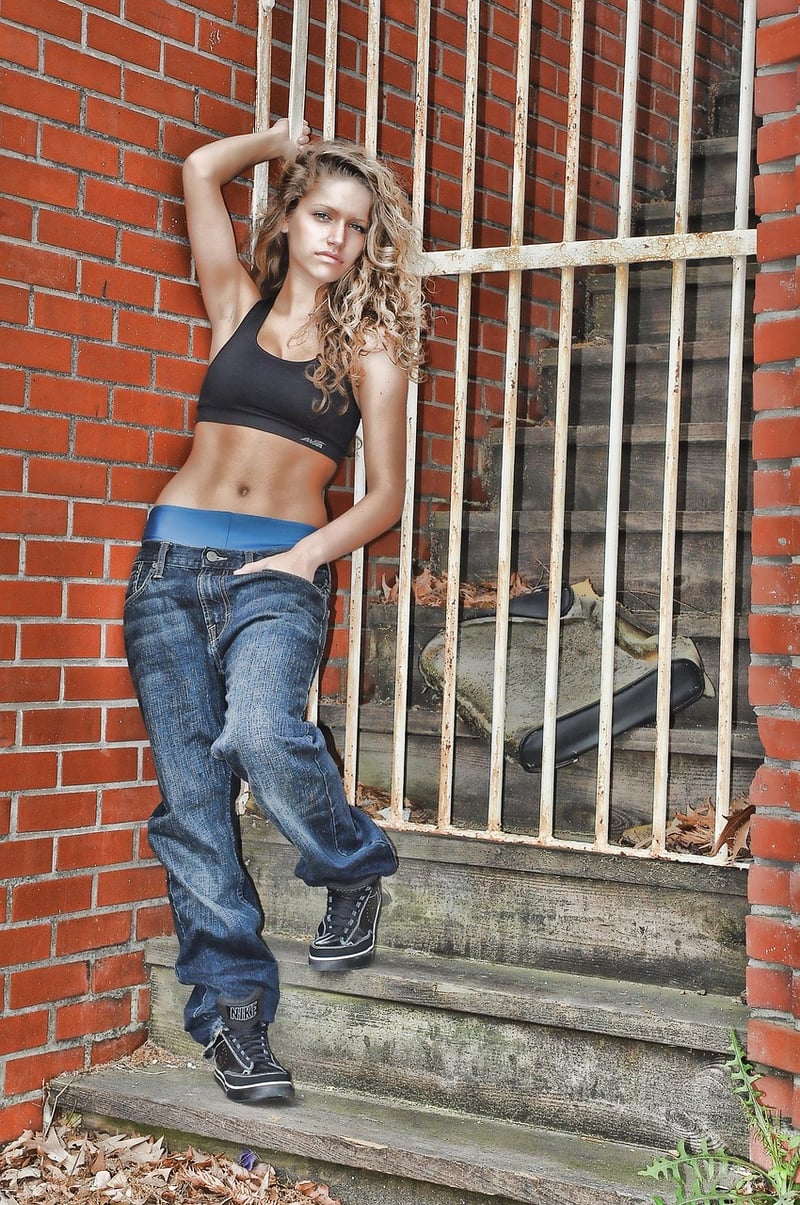Hip-Hop
Exploring the Connection Between Expressive Movement Forms and Hip-Hop
When we think of expressive movement forms, our minds often wander to traditional dance styles like ballet, contemporary, or jazz. However, one genre that has been making waves in the dance world for decades is hip-hop. The fusion of expressive movement forms with hip-hop has resulted in a dynamic and exciting dance style that captivates audiences worldwide.
The Evolution of Hip-Hop Dance
Hip-hop dance originated in the 1970s in New York City and has since grown into a global phenomenon. What began as a street dance style associated with urban culture and rap music has evolved into a diverse and multifaceted art form that incorporates elements of popping, locking, breaking, and freestyle movement.

Expressive Movement Forms in Hip-Hop
Expressive movement forms, such as ballet and contemporary dance, focus on conveying emotion and storytelling through movement. When these elements are infused into hip-hop dance, it adds a new layer of depth and complexity to the choreography. Dancers can use their bodies to express a wide range of emotions, from joy and excitement to pain and struggle.
Benefits of Combining Styles
By combining expressive movement forms with hip-hop, dancers can expand their repertoire and explore new ways of moving. This fusion allows for greater creativity and artistic expression, pushing the boundaries of traditional dance styles and creating unique performances that resonate with audiences.
Embracing Diversity and Inclusion
Hip-hop dance is known for its inclusivity and celebration of diversity. By incorporating elements of expressive movement forms into hip-hop, dancers from different backgrounds and training can come together to create collaborative and innovative choreography that reflects the richness of their experiences.

Conclusion
The fusion of expressive movement forms with hip-hop dance represents a harmonious blend of tradition and innovation, emotion and athleticism, storytelling and rhythm. As dancers continue to explore the boundaries of these styles, we can expect to see even more exciting and groundbreaking performances that push the art of dance to new heights.
So, next time you hit the dance floor, why not try incorporating elements of expressive movement forms into your hip-hop routine? You might just discover a whole new world of creative possibilities!
